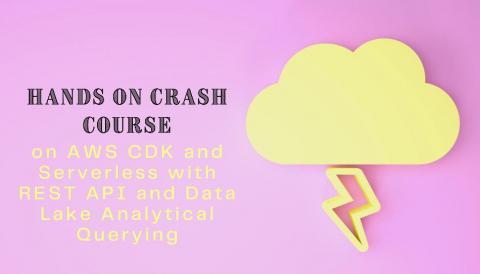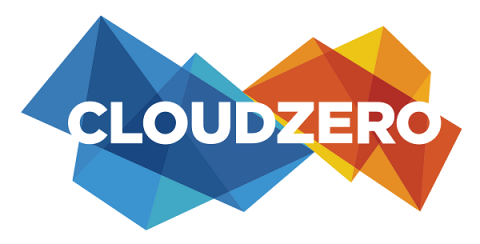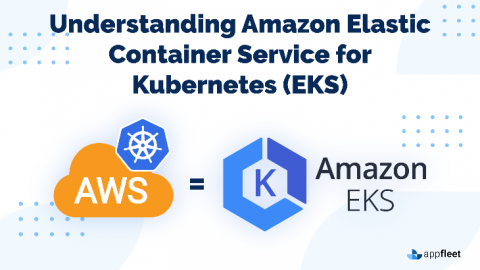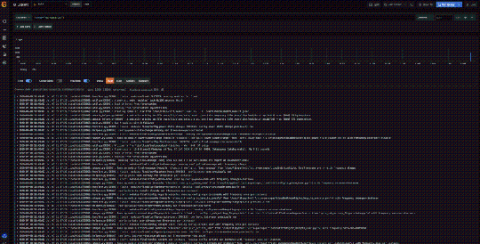Operations | Monitoring | ITSM | DevOps | Cloud
Latest News
Serverless Case Study - Coca-Cola
A while back I talked about how big companies have started using serverless in production and how this is a clear sign that we will see more implementation of the serverless infrastructure in the near future. I’d like to take some time today and talk about one of the companies that are using serverless in production: Coca-cola.
Crash Course on AWS CDK and Serverless with REST API and Data Lake Analytical Querying
This is a hands-on course on how to deploy a fully Serverless web app using the AWS CDK. You can use the resources declared in this demo application as a starting point to mix and adapt to your own architectures later, which should save you quite some time.
7 Ways APM Helps IT Chart a Clear Course for Running Apps in the Cloud
Want to ensure a smooth migration to the cloud? Read on to learn about what you need to do before and after to chart a clear course for success.
Best Practices in Handling the Application Insights Custom Events
An effective hybrid cloud migration project can yield 145% ROI in three years, global study reveals
San Jose, CA, July 14, 2020 – Organizations that embrace hybrid cloud migration projects can yield a 145% return on investment within three years, a commissioned study conducted by Forrester Consulting on behalf of Virtana has revealed. The study, which reviewed customer projects completed in the last three years, found that a composite organization achieved benefits of $2 million by adopting planning and optimization platforms, such as as Virtana’s CloudWisdom and VirtualWisdom.
Byte Down Too: Build Cost Effective Infrastructure Like Netflix
Think of orgs with lots of data and it’s impossible to not think of Netflix. In a new Netflix Technology Blog, titled "Byte Down: Making Netflix’s Data Infrastructure Cost-Effective", their Platform Data Science & Engineering team describe their data infrastructure "which is composed of dozens of data platforms, hundreds of data producers and consumers, and petabytes of data.” At this scale, cost-effectiveness is a critical matter of success and failure.
Instant scale up for even the most dynamic ECS clusters
One of the key features of Ocean by Spot is a “headroom” feature, the ability to maintain a dynamic buffer of spare capacity for immediate scale-up. Ocean continuously predicts which workloads are most likely to require scale-up and adjusts headroom in line with this prediction to enable immediate scheduling of new tasks, without waiting for infrastructure provisioning. This shortens the time to execution for these workloads and dramatically speeds up the scale-up process.
Understanding Amazon Elastic Container Service for Kubernetes (EKS)
Amazon Elastic Container Service for Kubernetes or EKS provides a Managed Kubernetes Service. Amazon does the undifferentiated heavy lifting, such as provisioning the cluster, performing upgrades and patching. Although it is compatible with existing plugins and tooling, EKS is not a proprietary AWS fork of Kubernetes in any way. This means you can easily migrate any standard Kubernetes application to EKS without any changes to your code base.
Loki tutorial: How to set up Promtail on AWS EC2 to find and analyze your logs
Amazon’s Elastic Compute Cloud (AWS EC2) is one of the most popular ways to run applications in the cloud, but finding logs for a given instance is a common struggle. That’s where Loki can help. With Loki aggregation, you can group all your logs from all your virtual machines in one place, and with its search capabilities, you can quickly find and analyze them. It’s a great way to gain visibility in your cloud deployment.











